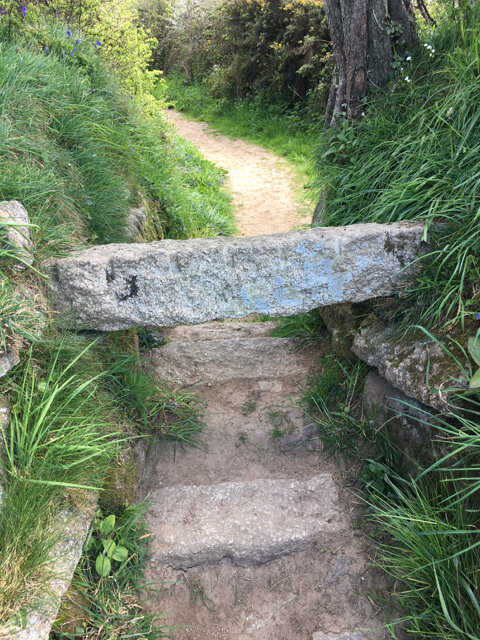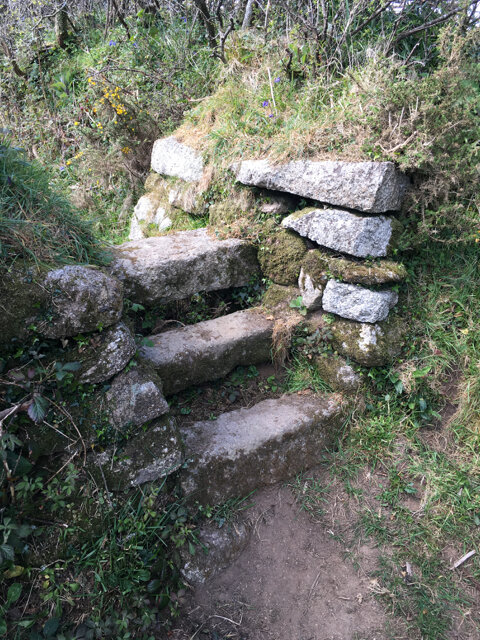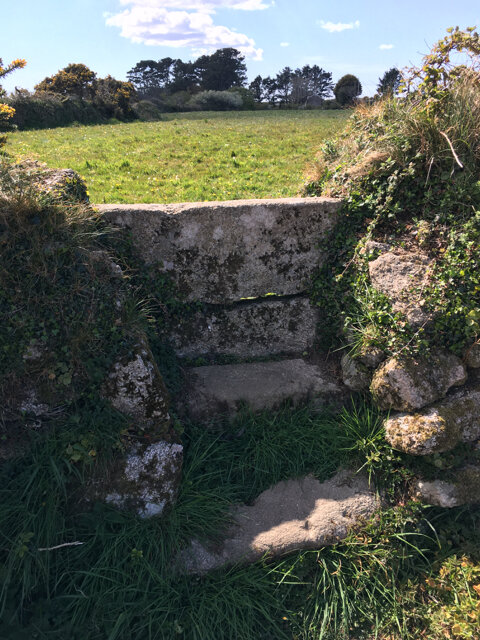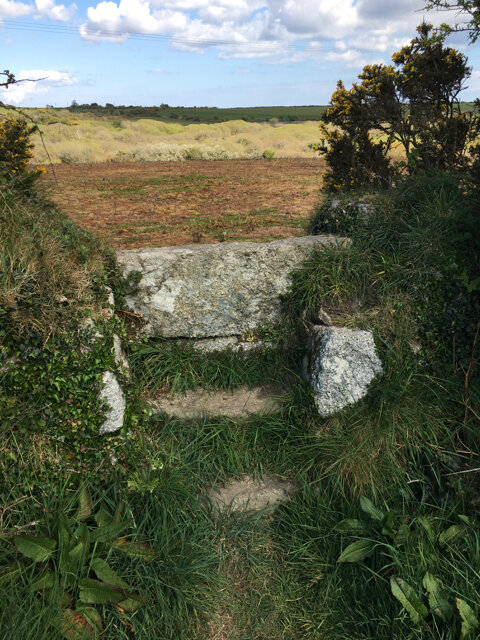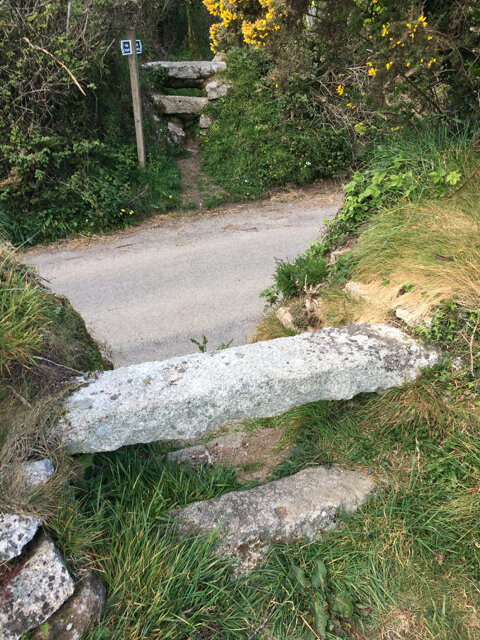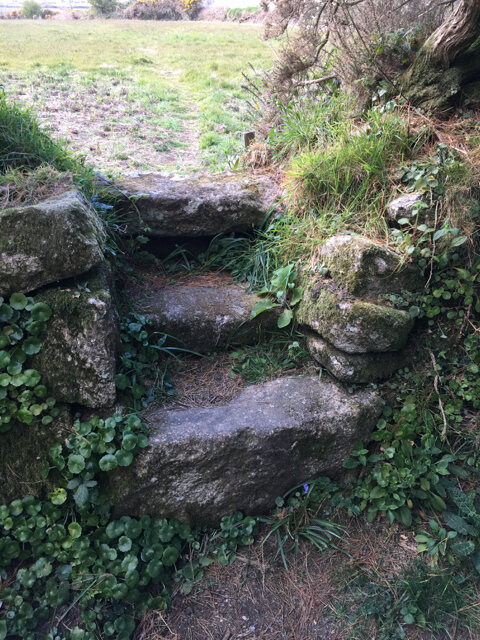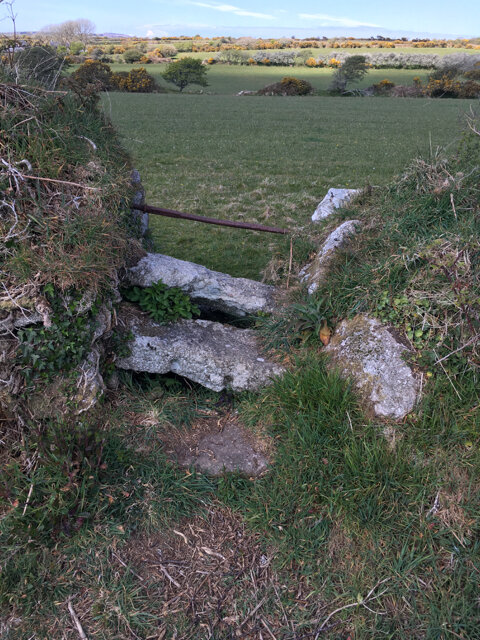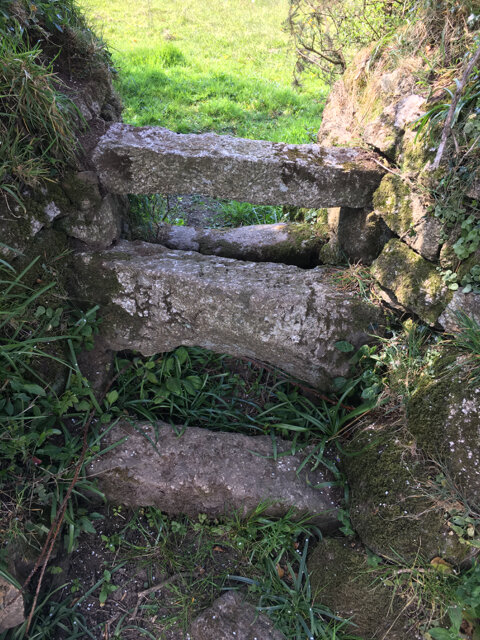Stile over substance
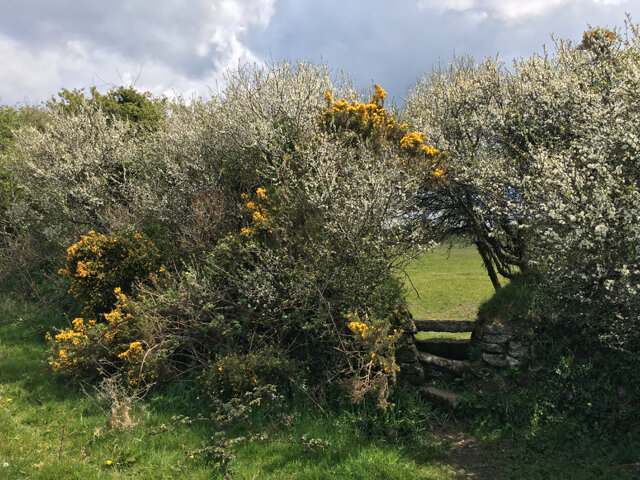

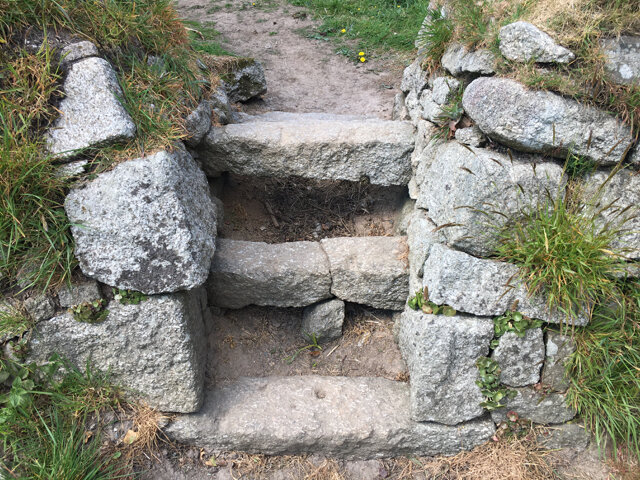
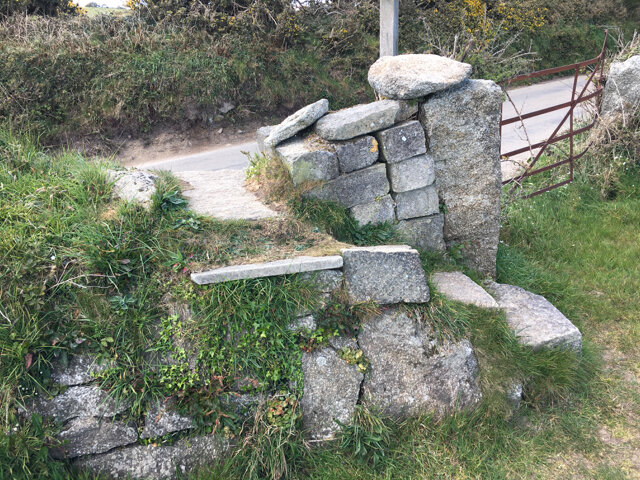

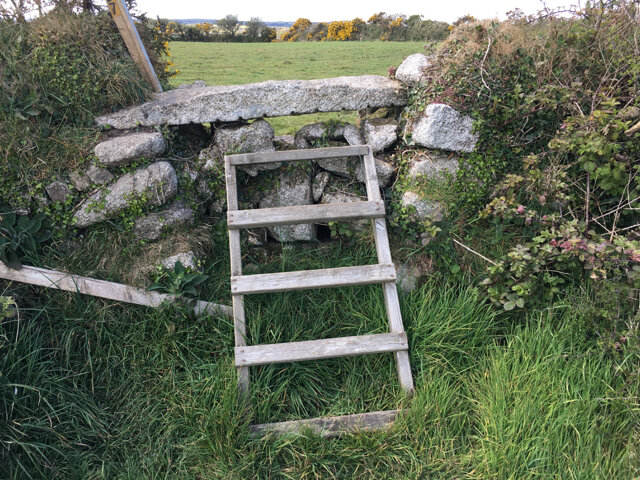

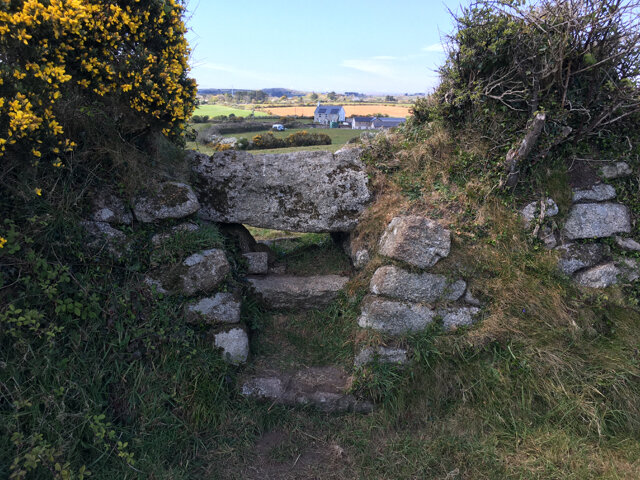

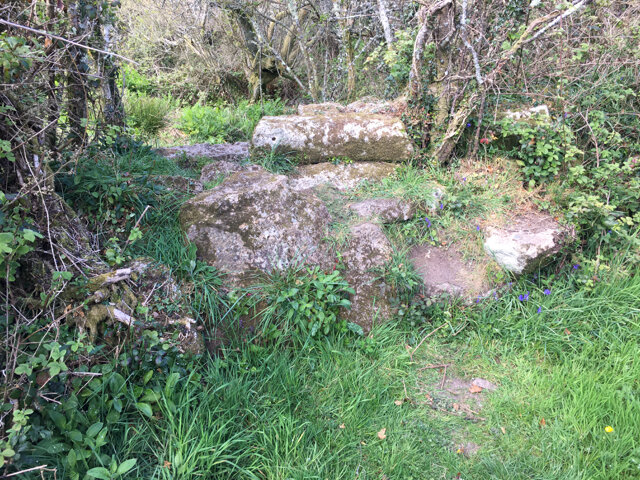
“When is a hedgerow not a hedgerow?” asks the informative website cornishhedges.co.uk. “When it’s in Cornwall!” comes the answer, and it’s not a joke. Cornish hedgerows are called hedges. They are not hedgerows and they are not walls, but you’d be forgiven for thinking they’re either, or both. Cornish hedges are quite unique, consisting of a stone wall with hedges and trees growing on top, and all kinds of plants, flowers and wildlife growing in and on the wall. The Cornish Hedges website calls them Cornwall’s “largest semi-natural wildlife resource”.
Cornish hedges (and all UK hedgerows) can be up to 4,000 years old and are vitally important, containing (like ponds do also) a microcosm ecosystem. They contain many flora and fauna that has largely died out or declined elsewhere, such as the wild flowers which used to proliferate in England’s meadows. Almost two hundred flower species were counted in a single mile of hedge, and it is said ten thousand species of insects are supported in Cornish hedges.
They are partly used by farmers to divide fields and prevent cattle from roaming and can be seen all over Cornwall. We found ourselves in the hamlet of Seworgan and decided to walk across the fields to Constantine, a village several miles away. We found our way through the numerous hedges enclosing the fields via stone stiles (see pictures above and below).
Cornish stone stiles are as unique and as old as their hedges. I’ll leave it once again to Cornish Hedges to describe them: “They have a picturesque individuality that adds much to the interest and enjoyment of walking in Cornwall, almost like meeting old friends along the way.”
For us, it felt more like an assault course, some were so steep and high we had to climb over them. Like hedges, there is quite a skill to constructing them correctly. Modern stiles are made from wood and metal but stone ones were built to last, and blend seamlessly into the hedge. There are three main types (though variations do occur): cattle stile, coffen stile and sheep stile.
The cattle stile consists of two or three rising horizontal stone bars which are easy for people to walk up and over but the gaps in between the stone rungs prevent cattle from doing so. Precursor of the modern cattle grid, the coffen style (there’s also a curved coffen stile, which prevents deer from leaping over them) has a small pit dug into the ground with stone rails acting as stepping stones (often mistakingly referred to as coffin style, the Cornish word coffen means a man-made hole in the ground). Finally, sheep stile has narrow steps built into the wall, making it impossible for sheep or cattle to use. The type of stile built depends on many factors, including type and size of cattle, size of hedge, type of local stone and even the type of person crossing it – coffen style was popular on country estates as crossing the stones was easy for ladies in long dresses.
I ached slightly the following morning but it was worth it. We must have walked over hills through a dozen or so fields, and hence over twenty stone stiles (two per field, apart from a few gates here and there) to get to Constantine. We wandered the picturesque village, stopping for a bit to chat to an old woman who is writing the second history of the town, from the 1970s onwards.

